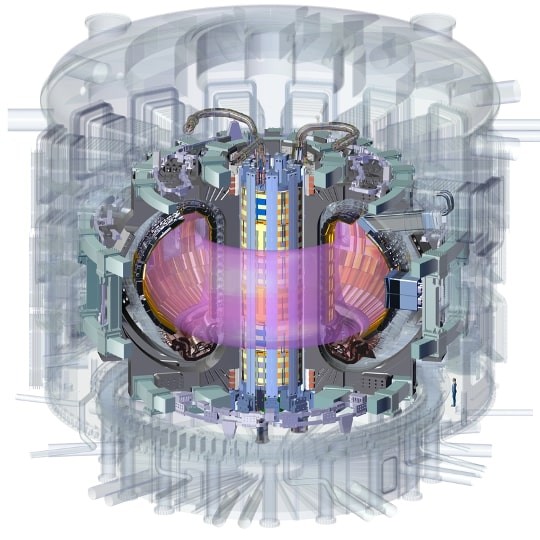
The ITER reactor is not yet operational. But the technical feasibility of maintenance procedures—which will be carried out by operators wearing ventilated suits—must be validated now. Researchers at CEA-List drew on their expertise in simulation and virtual reality to make sure that certain maintenance tasks will be technically possible, checking things like how much space is needed and the impact of potentially-restrictive protective equipment that must be worn by maintenance workers.
They used a 3D digital model of the area of the reactor where the maintenance will be performed—the Test Blanket Module. Different scenarios were evaluated, with operators wearing ventilated suits, suits with interior and exterior sensors (IMUs, optical sensors), instrumented gloves, and depth cameras, and manipulating real-world connected objects.
The simulations provided information that can be used to carry out preliminary studies of the accessibility and ergonomics of certain maintenance tasks, including a postural risk assessment using motion capture technology in the virtual environment. Lab testing of the tools has been completed, and on-site testing at ITER in Cadarache in the South of France will begin. The tools will also be used to lay the groundwork for new standards specific to the industry, with the help of ergonomics experts.
Read article at https://www.cea-tech.fr/cea-tech/english/